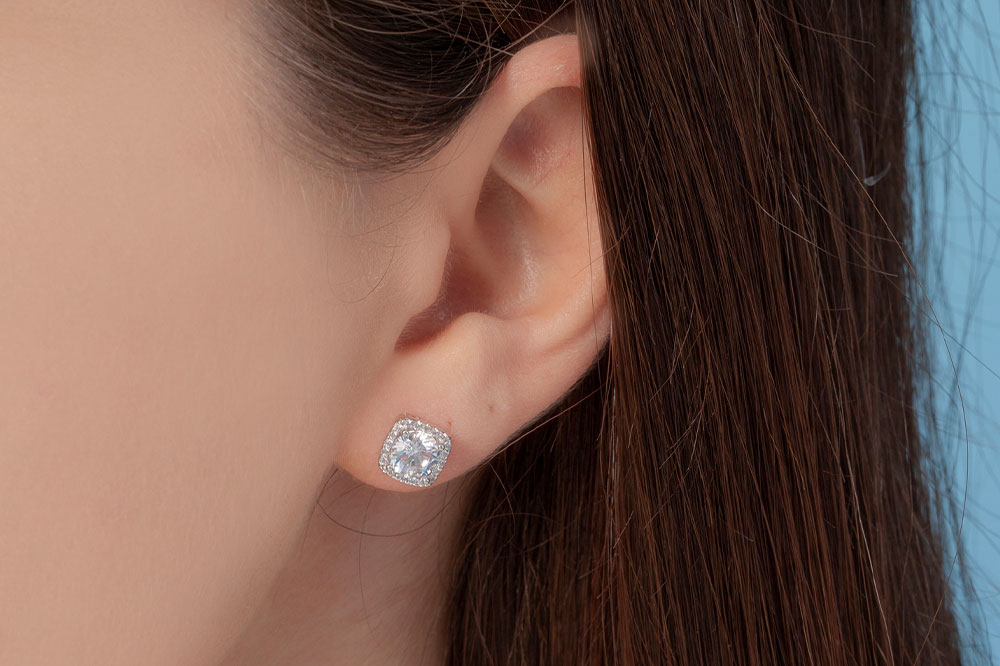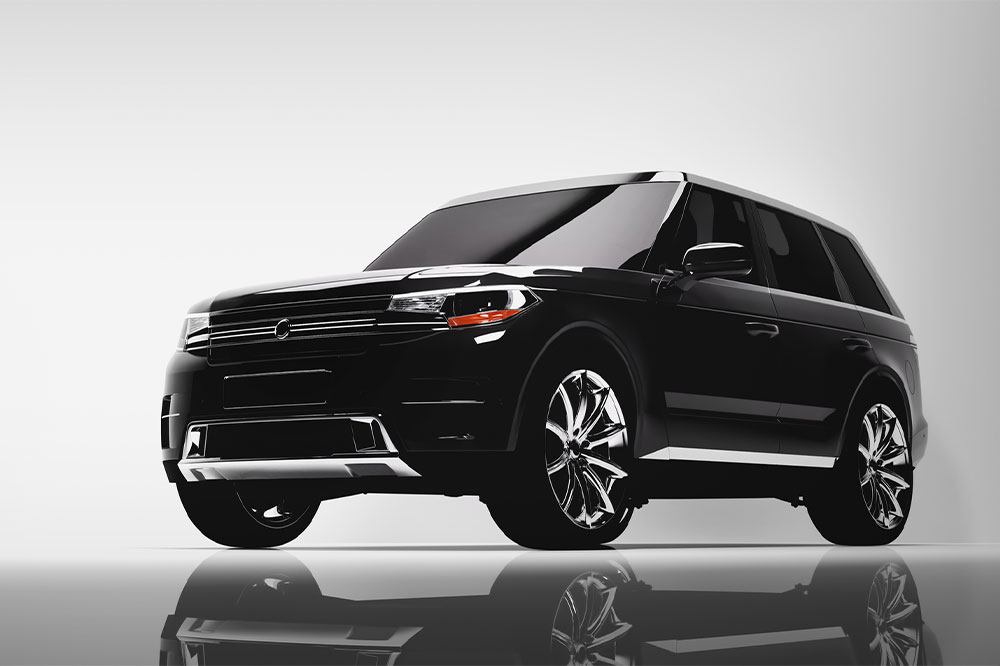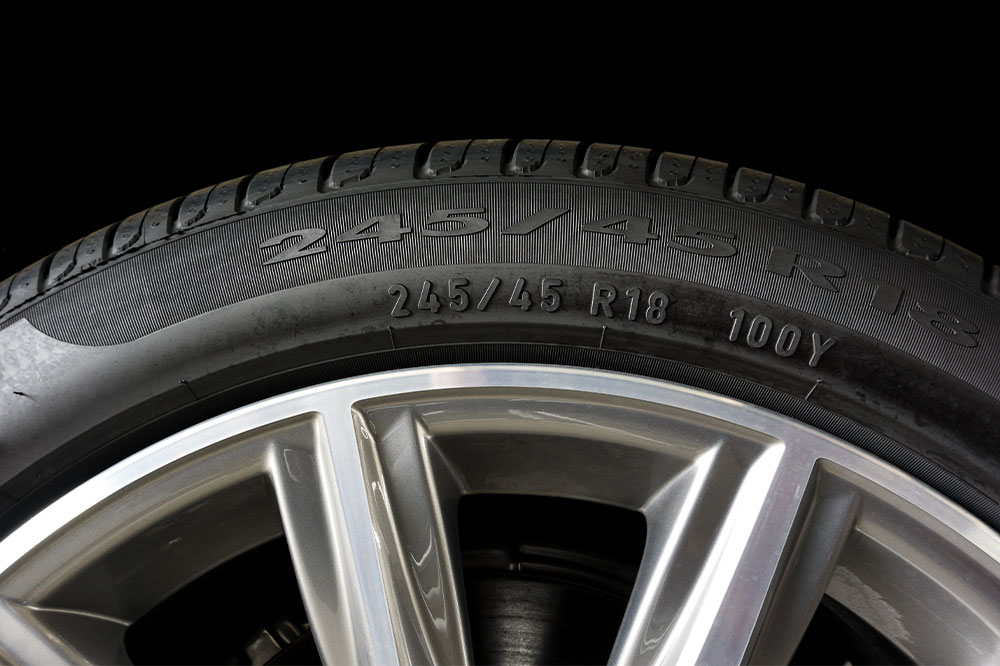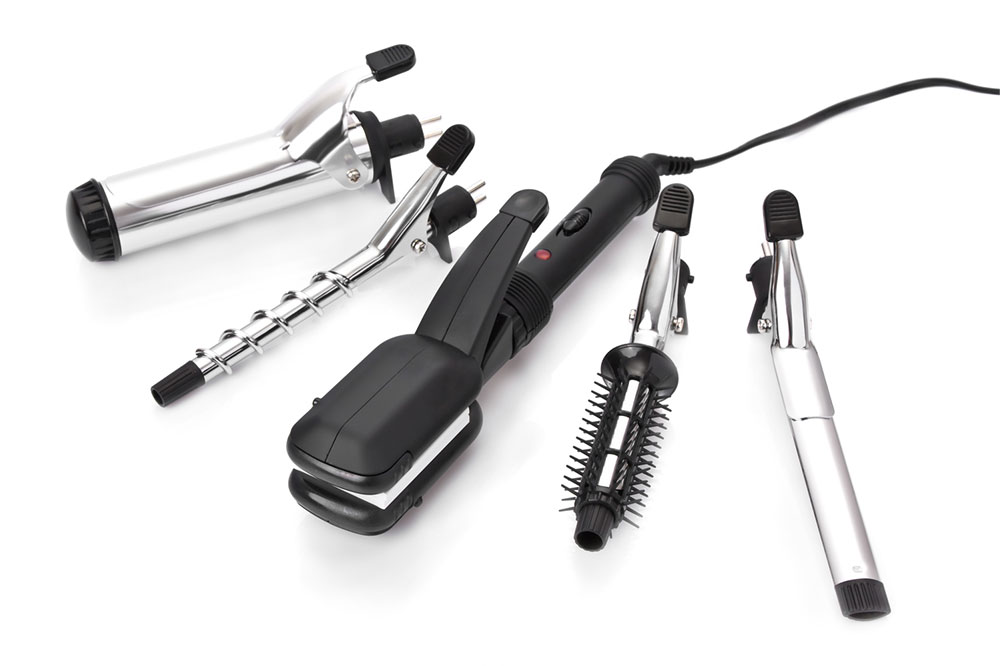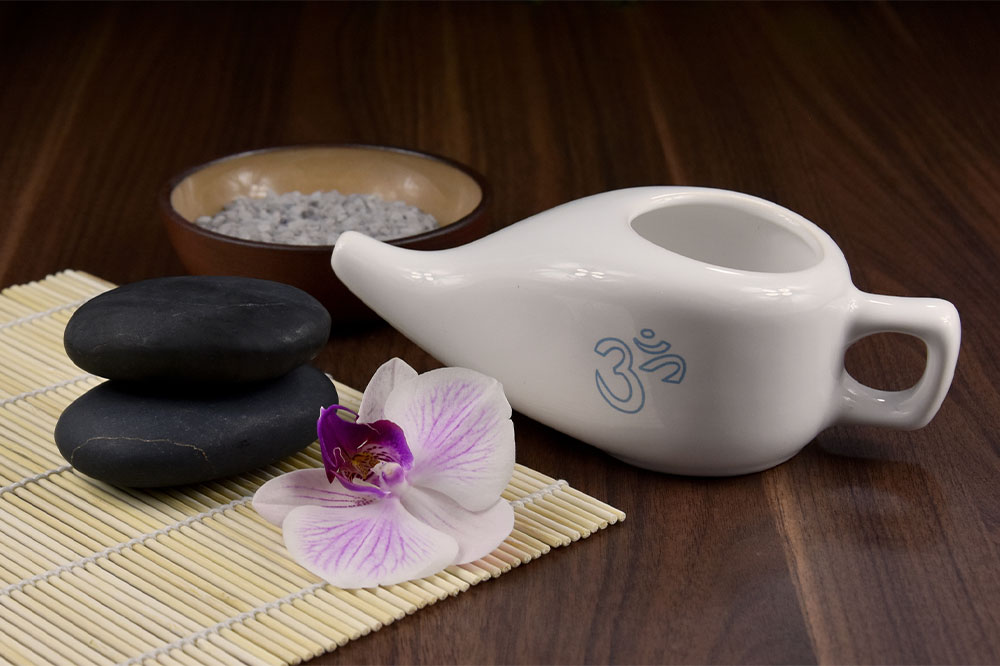7 mistakes to avoid when using ovens
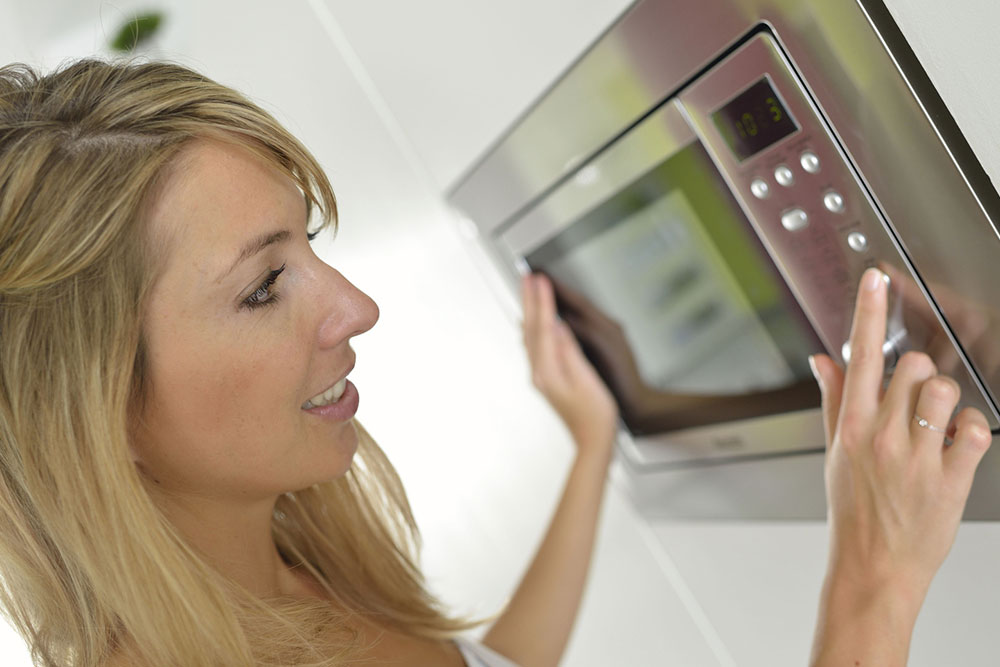
Ovens are an important part of most homes. From baking delicious treats to making pizzas and roasting dinners, there is very little that these versatile kitchen appliances can’t handle. But despite the latest technology, these gadgets are not foolproof and require a lot of care and attention to function optimally. Avoiding certain mistakes while using the oven can help one get great results when cooking and baking and make the gadget more durable.
Forgetting to preheat the oven
One of the biggest mistakes to avoid while using an oven is not letting it preheat. Preheating is especially important when one wants to bake goods like cookies, cakes, or brownies. This is because it sets the oven temperature at optimal levels for the ingredients to rise and cook as desired. Putting a cake in a cold oven could result in a deflated cake that looks rather unappetizing.
Similarly, preheating the oven also sets the stage for cooking meats and other produce. The heat and steam inside the oven instigate the Maillard reaction that allows the meats to brown/roast well and enhance their flavor.
As a rule of thumb, it is a good idea to set the oven to preheat at least 10 minutes before putting food in. Since all ovens are different , one must check their manufacturer’s recommendations for optimal results.
Not cleaning after every use
Lots of people forget to clean their oven after every use. While this may sound basic or perhaps even boring, a simple wipe-down of the oven after every use can be a huge savior! According to experts, cleaning the oven between every use can help prevent a smoke-filled kitchen and avoid the transferring of strong smells from one food to another. It will also help one keep the little glass window clean, so one can keep an eye on their food as it cooks!
Cleaning tip: Don’t spray cleaner on the knobs, as it could seep into the device and cause a short circuit. Instead, spray some cleaner on a rag and use it to wipe down the oven and all the controls to keep the gadget nice and clean.
Using the wrong cookware
Not all utensils are built the same. Before putting a dish in the oven, check if it is safe for oven use. Any cookware that is not oven-proof could increase the risk of a fire or meltdown, which can be disastrous.
Opening it frequently
Who doesn’t want to check on their baked goods while they are still in the oven? But, opening the oven door too often could be a huge mistake, as it causes the temperature inside to drop. This is especially true for temperature-sensitive cooks like cakes and breads. For items that need to be basted, it is a good idea to pull the tray out of the oven, close the oven door, and then baste it as required. Once done, put it back in the oven so there is minimal heat loss.
Using the wrong settings
The latest ovens have several settings and cook modes. Before using the oven, it is important to learn these to ensure that the food is prepared perfectly. Take some time to go through the manufacturer’s instruction manual. These guides generally contain detailed advice regarding the best cook mode, temperature, and other settings to use for certain food items.
Putting food on the wrong rack
This may not feel like a big deal, but it can have a massive impact on one’s dish. This is mainly because of heat distribution in the oven. Typically, household ovens have four shelf positions. For even cooking, it is best to leave the dish in the middle rack. But, for certain foods, using the other rungs may be advantageous. For instance, the highest rack is best when grilling meats, while the lowest rack is best for baking pies without a soggy bottom.
Overloading the oven
Trying to cook too many things in the oven at the same time isn’t as efficient as one might think. In fact, it can affect the oven’s overall performance and increase the risk of an electric fire due to restricted heat circulation . It is advisable to avoid cramming the oven with plates and dishes. Stagger the cooking times to get the best use out of the appliance.


